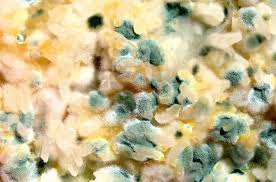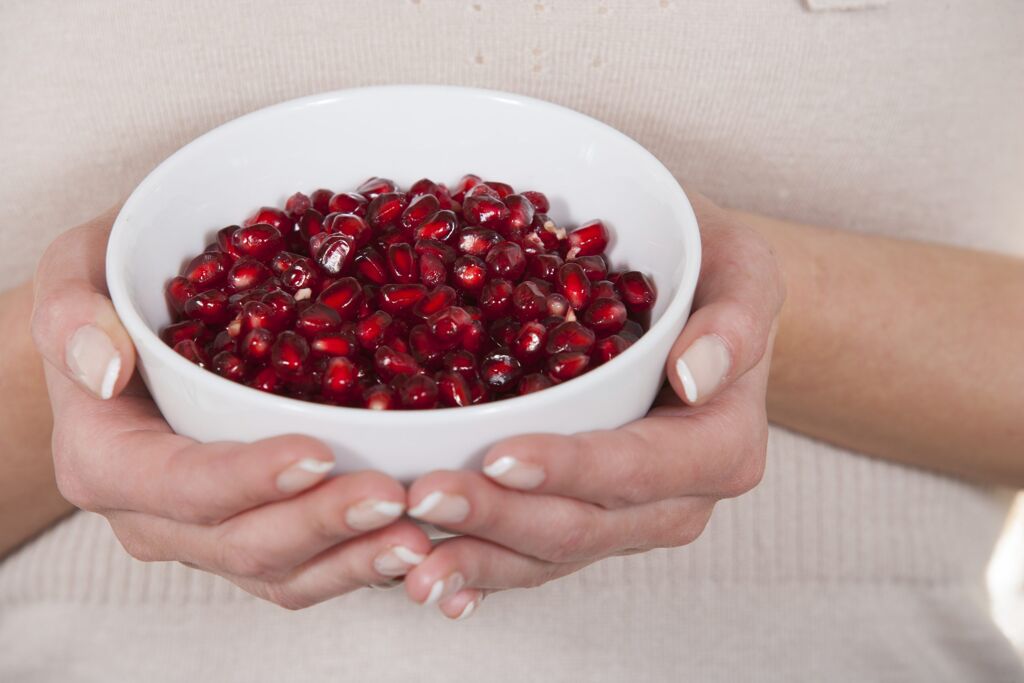Resistant Starches: Sustainable Food For The Microbiome

Are you aware that we need to feed the microbiome?
Are you aware of what foods do this the best?
It is difficult, if not impossible, to provide lasting changes to the microbiome simply by using probiotics. Prebiotics provide much better opportunities for more positive and permanent changes to the microbiome than just probiotics. One of the greatest sources of prebiotics is resistant starch. The conversation of resistance starch is complex and like most things, we are finding that different versions of resistant starches do different things.
Resistant Starches:
Resistant starches are those that are able to resist hydrolysis by pancreatic amylase in the small intestine. Because it is not broken down in the small intestine, it will make its way to the large intestine where it will provide food for the microbiome. The way the resistant starch is prepared via cooking and storing will greatly effect its digestibility and its ability to feed the normal flora.
There are four or five types of resistant starches depending upon the source referenced (RS). They are identified as RS1, RS2, RS3, RS4 and RS5.
RS1 starches are completely inaccessible to us. We are not able to break them down. Examples are in unprocessed whole grains and seeds.
RS2 starches are found in uncooked foods such as potato and green banana flour.
To Read About Blog Topic, Scroll Down
Want To Work With Our Clinic?
Do you have a chronic or mystery illness that no one has been able to help you with? Are you simply wanting to re-connect with a healthier version of yourself? It’s Time To Finally Feel Better!
RS3 starches are found in cooked and cooled foods such a potato, breads, cornflakes and grains. The heating process causes the starch structure to melt. It then gelatinizes into a starch structure that is more easily digestible. Once cooled, the starch forms a crystal structure that is resistant to pancreatic amylase activity (1).
RS4 and RS5 types of starch are man made. They will completely resist digestion. These may be in things such as fiber drinks, certain breads and cakes.
The primary interest we have in relation to the microbiome is resistant starches: RS2 and RS3. Both RS2 and 3 have shown to put Ca, Mg and Zinc into bones. RS3 decreased iron levels 23%, where as RS2 had no effect on iron (2).
In addition, RS2 from raw potato starch, has been reported to increase concentration of butyrate in humans. RS2 has also been shown to be the best resistant starch for blood sugar regulation (3).
Is RS2 or RS3 better?The answer is both are important. We are still learning in medicine more and more of the effects of the resistant starches. What does seem clear in the research is that RS2 and RS3 are slightly different in the way they help the microbiome. Therefore, we recommend using both in treatment.
The fermentation of these resistant starches in the large intestine is responsible for the creation of SCFA’s, hydrogen, methane, organic acids and carbon dioxide. The SCFA that are produced will mediate the effects of the RS.
Resistant starches have the potential to exhibit the following effects:
Improve glucose levelsRepair intestinal healthImprove lipid levelsImprove micronutrient levelsIncrease energyImprove satietyWeight lossSlows the rate at which ingested probiotics are washed out of the g/I tract (1)
InulinInulin also acts as a prebiotic, providing additional fuel for the microbiome. Inulin’s subtype, oligofructose (aka fructo-oligosaccharides/ FOS), will also aid in the health of the microbiome. Common sources of inulin in food include chicory, banana, burdock, Jerusalem artichoke, garlic, and onion. Both inulin and oligofructose have been shown to increase the growth of bifidobacterium of the microbiome (115). It is important to know that e. coli and klebsiella both have receptors for FOS and appear possibly have a stimulatory effect on these microorganisms. Therefore Inulin and FOS should be avoided in klebsiella infections or in cases of pathogenic e. coli infections (4).
We hope that you enjoyed this information!-With Love,Dr. Diane and Miles
Book My Free Phone Health Evaluation Functional Medicine Certification for Clinicians
1)Antony, B., B. Merina, V. S. Iyer, N. Judy, K. Lennertz, and S. Joyal. “A Pilot Cross-Over Study to Evaluate Human Oral Bioavailability of BCM-95®CG (Biocurcumax™), A Novel Bioenhanced Preparation of Curcumin.” Indian Journal of Pharmaceutical Sciences. Medknow Publications, n.d. Web. 04 June 2016.2)Brierley, Stuart M., Kim Nichols, Dallas J. Grasby, and Sally A. Waterman. “Neural Mechanisms Underlying Migrating Motor Complex Formation in Mouse Isolated Colon.” British Journal of Pharmacology 132.2 (2001): 507-17. Web.3)Zafar, Tasleem A., Berdine Martin, and Connie M. Weaver. “Resistant Starches (RS2 and RS3) Have Variable Effects on Bone Mineral Status in Rats.” TONUTRJ The Open Nutrition Journal 3.1 (2010): 17-22. Web4)Haub, Mark D., Kelcie L. Hubach, Enas K. Al-Tamimi, Sammy Ornelas, and Paul A. Seib. “Different Types of Resistant Starch Elicit Different Glucose Reponses in Humans.” Journal of Nutrition and Metabolism 2010 (2010): 1-4. Web.
Are You Suffering From A Chronic Illness?
Does your current health situation look like this…
- Do you feel that you have tried many things and either nothing works, or the treatment does not hold?
- Have you been told that there is nothing that can be done to reverse your illness and you just need to manage symptoms?
- Does your illness impact your work, your family, your happiness and your social life?
We specialize in finding answers and solutions for complicated chronic illness when people feel like they have tried everything. If this sounds like you, book a free call with us to see if we are the right fit for your health goals.
Dr. Miles has spoken for the following organizations:


















Thanks for a good article on resistant starch. I was surprised that you did not mentioned improved insulin sensitivity. The fermentation of resistant starch actively increases the insulin sensitivity of muscles and tissues, which effectively lowers the insulin levels while maintaining glucose control. This is very exciting because it is a direct link between intestinal fermentation and improved metabolism. The FDA is expected to rule on a health claim petition this summer that “resistant starch reduces the risk of type 2 diabetes” based upon the 8 clinical studies showing improved insulin sensitivity. Cheers, Rhonda